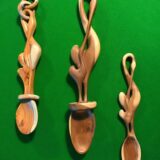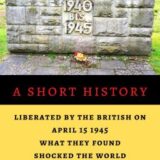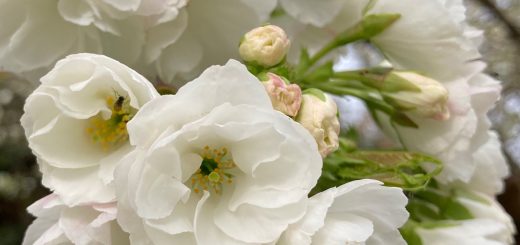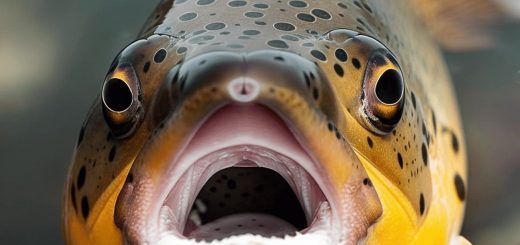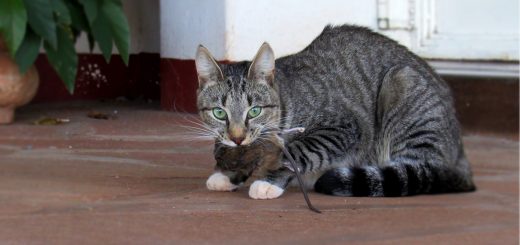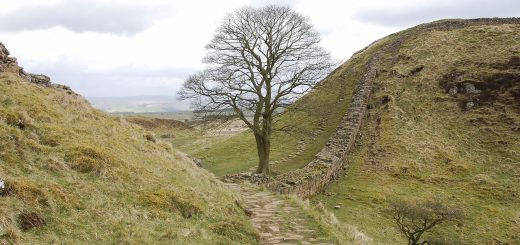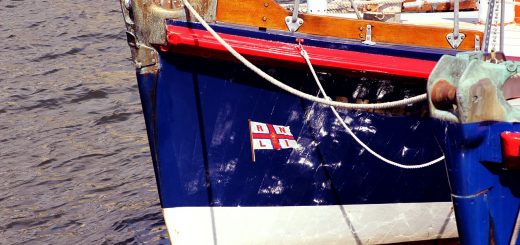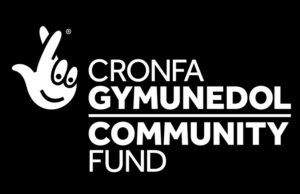St Davids Airfield Yesterday and Today
By artist, photographer and writer HEATHER BENNETT

There is a flat area between St Davids, Whitchurch and Caerfarchell which is easily missed and driven past but it is well worth a stop-off and a quiet, contemplative walk.
The land to build the airfield was taken from two farms in the Second World War and was used by RAF Coastal Command to participate in the Battle of the Atlantic. The planes’ mission was to attack and destroy U-boats threatening Allied convoys: they also protected the vulnerable trawlers from Milford Haven. Later in the war the Halifax Bombers played an important part in preventing the submarines from attacking D-Day landing craft. The airfield was opened as a main base in 1943 with three runways flying squadrons of Halifax, Liberator and Fortress planes – all bombers – and was one of eight airfields in Pembrokeshire. These included Brawdy as a satellite station where runways were better aligned for the prevailing weather conditions. St Davids remained in use until 1960 and was used even after this as an emergency landing area and support for the tactical weapons unit at Brawdy until 1992. The dangerous approaches to the airfield did unfortunately mean that seven Halifax planes crashed there between January 1944 and September 1945.
In 1990/91 the local population, including people from Whitchurch, vehemently and successfully opposed the US Navy’s proposal to install radar on the airfield.
In 1997 the National Park Authority bought the majority of the airfield, planning to restore wildlife habitats and opening up much of the area for public access. The land had to be thoroughly checked for explosives; buildings in a dangerous condition were cleared away along with any asbestos. What was left over from this intended usage was returned to its former farming state, although there was a strong intent that any remaining structures should be seen as an historic landscape factor.
The National Park states among its purposes that it intends;:
To ensure and enhance the natural beauty, wildlife and cultural heritage of the area;
To promote opportunities for the understanding and enjoyment of the special qualities of the area by the general public.
It also runs an Education Service providing information for schools and colleges – it seems that all of these aims are met by the work it has done here.

It was helped by the Countryside Council for Wales and the National Trust: one of the important parts of this project was the recreation of lowland wet heathland which is now well established. Part of the airfield is now a Site of Specific Scientific Interest which has become of national importance. This runs along the northern side of the airfield and is home to creatures such as the green tiger beetle, the fritillary butterfly and the emperor moth caterpillar.
Following the central path across the airfield, the visitor comes across a circle of standing stones collected from local farms. These formed the Gorsedd circle created in 2002 for the National Eisteddfod of Wales based here that year.
Footpaths, cycleways and bridlepaths cross and encircle the area: a map marking these and based on an Ordinance Survey map can be found on the Pembrokeshire Coast National Park website, www.pembrokeshirecoast.org.uk This can form a basis for walking but there are more pathways, albeit dead ends in some cases, than are noted here so be aware of the direction/place you began your walk or have parked your car. A good way to orientate yourself is to spot Carn Llidi with its distinctive shape as its sits in the distance on the Fishguard side of St Davids.
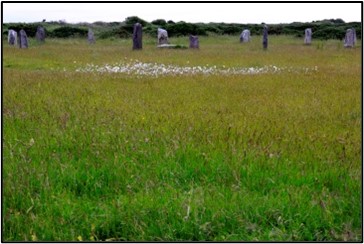
A large part of the area is heathland. This looks like natural wild habitat but is the result of forest clearance some 5,000 years ago: farmers repeated cycles of burning and grazing to create what is now visible. Much of this type of land has disappeared due to modern farming methods particularly the use of fertilisers. Wetlands (a type of heathland) with their marshy grasslands have been largely lost. These wetlands supported a rich variety of insects and their reinstatement here is vital to a return of these and the wildlife they in turn support. The National Park and partner Pembrokeshire Living Heathland have established the heath type and how it needs to be seasonably assessed and supported. This assessment has continued now the land condition has been re-established.
On St Davids airfield the topsoil had to be replaced with natural clay; turf with appropriate plants was added and in between this heather and gorse seeds were sown to germinate in the area. This was then burnt off cyclically (every five years) and grazed in the winter by sheep or cattle.
Currently this is the sign on the entrance gate near Whitchurch: Skylarks are ground-nesting birds found on arable land, meadows, moors and heathland. They are small brown birds larger than a sparrow but smaller than a starling. They are a streaky brown with a small crest which tends to be raised when the bird is excited or alarmed. The side tail is white and the wings have a white rear edge which is more visible in flight although they are difficult to spot. Its display flight is vertically up in the air.
Shelley wrote one of our best known poems about this bird, Ode to a Skylark. Its opening line is often quoted (“Hail to thee, blithe spirit”) but it is the final verse and in particular its last line that echoes more the lessons this area brings:
“Teach me half the gladness
That thy brain must know;
Such harmonious madness
From my lips would flow,
The world should listen then, as I am listening now”

Skylarks feed on the seeds, plants and insects naturally found on meadowland. According to the RSPB the recent dramatic decline in population makes them a Red List species. Consequently they are protected in Pembrokeshire which holds 4% of the UK’s breeding population. Today’s farming methods have often caused their nests to be disturbed or destroyed. Organic farming helps to prevent this. St Davids Airfield has returned a large area of land to organic hay meadow which is only cut once in July and is grazed by cattle in the winter. Leaving ground undisturbed in this way means the skylark can raise up to three broods a year. Fertiliser is not used – which means grass does not crowd out more diverse flowering species which the skylarks need. Monitoring since this initiative began has shown an increase from 30 to 65 breeding pairs. Please do not allow dogs to run across their territory to disturb them.

An early evening walk sees how often the area is used by local folk as well as visitors; they walk their dogs, exercise their horses on the bridleways and cycle, enjoying the fresh air and beauty around them. Walking slowly and exploring some of the less used footpaths, it is possible to see a seasonably changing variety of wild flowers.
For more information see www.pembrokeshirecoast.org.uk.
And please remember the Country Code:
Enjoy the countryside and respect its life and work
Guard against all risk of fire
Leave gates and property as you find them
Keep your dogs under close control
Keep to public paths across farmland
Take your litter home
But above all else ENJOY!

They moved to Pembrokeshire in 1995 and it continues to be home to both of them both physically and in their hearts. Heather wrote articles for Pembrokeshire Life, which sadly no longer exists, because she wanted people from outside the county to come to love it as she does. Travelling extensively over the years, she always feels a lift of her heart as she comes over the hill above Newgale and sees it spread out below her. Every day as the weather changes it looks different and it emphasises the fact she is nearly home.
Heather has a website at www.heatherbennett.co.uk and also runs the gallery site at www.raulspeek.co.uk – you can connect to her social media sites from there.










